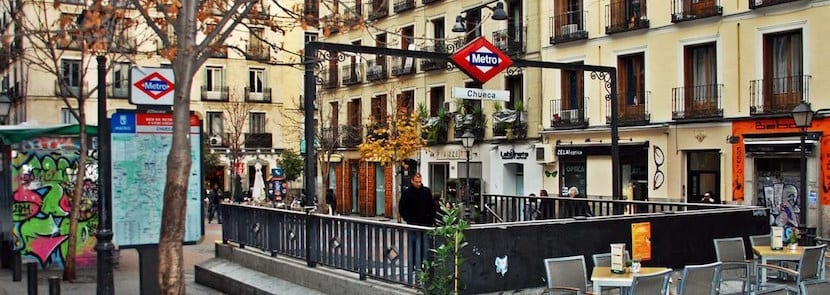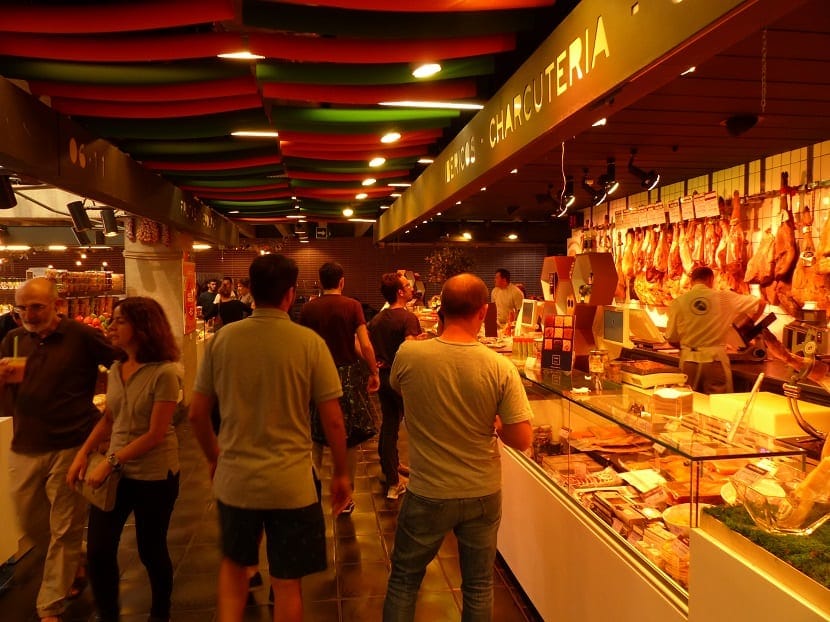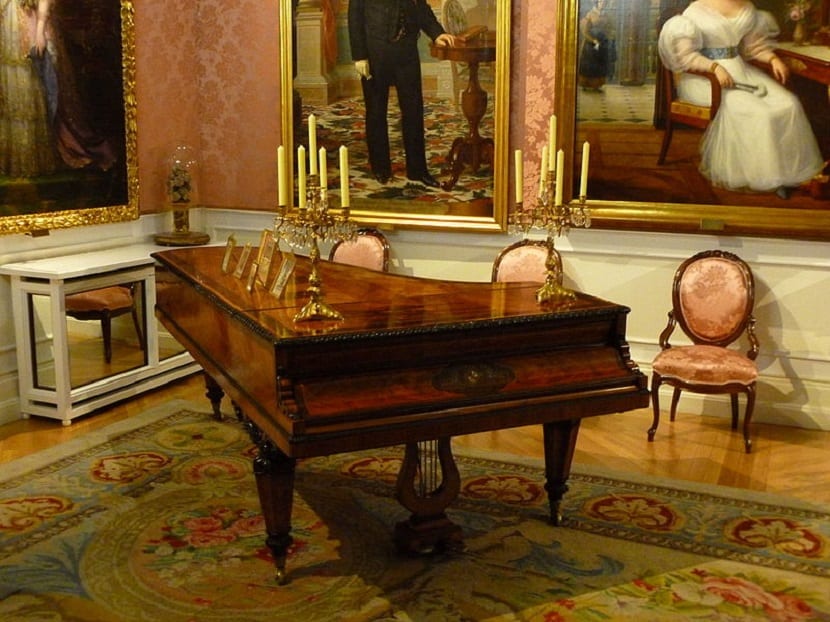
Image | Traveler
Chueca is one of the most popular neighborhoods in Madrid. With a cosmopolitan soul, it owes its name to a small square dedicated to the composer of zarzuelas Federico Chueca, born in the Villa in 1846. Today it is known for being one of the centers of Madrid's nightlife characterized by its open and welcoming mentality. It stands out for its narrow streets, full of bars, restaurants and shops, which has earned it to be compared with the SOHO of New York.
A vital change
Chueca is currently a trendy neighborhood, cheerful and fun, but unfortunately it was not always like that. In the 70s, prostitution and drugs made it a highly degraded place to go to.
Fortunately, everything changed from the 80s, when the gay community took the reins and decided to give the change that the neighborhood needed. They bought many of the houses and premises that had been abandoned due to the deterioration of the neighborhood and created a festive and respectful place.
In the 90's it definitely became the gay neighborhood of Madrid and today walking through its streets you can get to know some of the coolest shops, bars and nightclubs in the city.

Traditional architecture
The stately buildings of Chueca contrast with the bustle of its streets and terraces. Chueca is dominated by a traditional atmosphere that mixes the new and the traditional, the modern and the vintage ...
Two of the most impressive buildings are the House of the Seven Chimneys, a mansion dating from the XNUMXth century, and the Longoria Palace from the early XNUMXth century. Living in Chueca, however, is not available to everyone. Its privileged location in the center of Madrid, its originality and its modernity make the neighborhood one of the most expensive areas of the city, along with the neighborhoods of Chamartín, Salamanca, Chamberí, Moncloa and Retiro.

Image | Wikimedia Commons
Chueca markets
In Europe it has become fashionable to revitalize old markets and turn them into entertainment venues. In them food is tasted and restaurants are grouped and in the Chueca neighborhood there are several.
- The Mercado de San Antón, on Augusto Figueroa street, has the traditional market on the first floor, the show cooking and exhibition hall on the second, and the terrace with the cocktail bar on the third.
- The Barceló Market was renovated a few years ago to give it more modernity. It is located between Barceló, Mejía Lequerica and Beneficencia streets. Now it also has some restaurants, a municipal gym and a space for all kinds of events.
- On Calle Fuencarral 57 is the Mercado de San Ildefonso, a small space distributed over three floors that seeks to reproduce the Street Food Markets in New York and London. The market is complemented by three bars and two terraces.

Image | Wikipedia
Chueca Museums
Within the museum offer in Madrid, Chueca has two very unique ones. In addition, the neighborhood is full of art galleries where you can learn about the latest developments in the sector.
The Museum of Romanticism is one of a kind. Located on Calle San Mateo, it offers us an insight into the history, art and daily life of Romanticism in Spain. For just € 3, we can see classic furniture from the times of Fernando VII and Isabel II as well as drawings, prints, fans and jewelry. We can also find paintings by artists such as Goya or Madrazo.
Through its collections, the Madrid History Museum narrates the history of the town from when it became the capital in 1561 until the first decades of the 78th century. Located at XNUMX Fuencarral Street, it is the continuation of the San Isidro Museum that shows the evolution of Madrid from prehistoric times to the settlement of the Court.